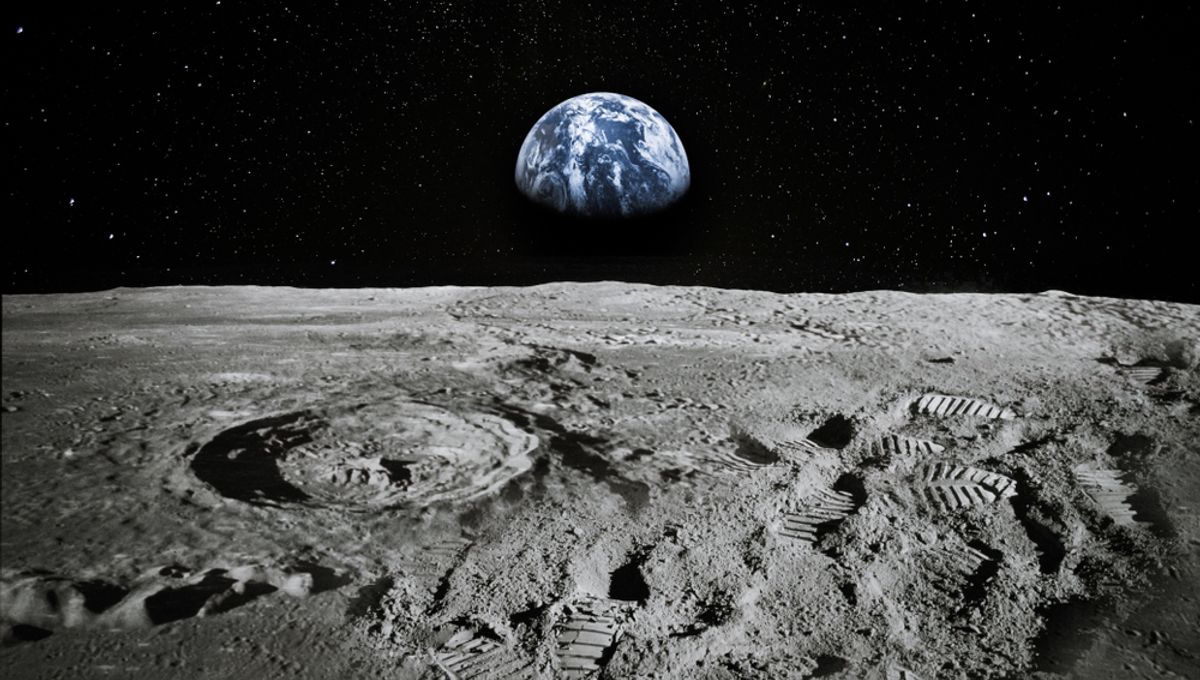
A new material discovered on the Moon has prompted China to announce plans to launch three uncrewed missions in the next 10 years in a bid to rival the US’ lunar presence, according to reports by Chinese state media. The material has the potential to be a future energy source, owing to its helium-3 content – which shows promise as a fuel for nuclear fusion. Samples from China’s Chang’e-5 mission showed the material to be in sufficient quantity for extraction from the lunar ground.
The announcement of three new orbiter missions was made just a day after the announcement of the presence of the new mineral – Changesite-(Y) – in samples taken from the 2020 Change’e-5 mission. These were the first lunar samples taken since 1976.
The material itself is a somewhat unremarkable, transparent columnar mineral that forms crystals with a radius of just 10 microns. What makes Changesite-(Y) so special is the helium-3 within, an important isotope that could be remarkably useful in nuclear reactions.
Current fusion reactions generally use tritium and deuterium, but these create bi-products that are difficult to contain and the energy loss associated with the reaction is great, often exceeding the energy that can be extracted. One solution to this problem is to use helium-3, an isotope that is the only stable element that has more protons than neutrons. When you mix helium-3 and deuterium together, the reaction creates helium and a single proton, which is far easier to deal with than the alternatives.
Unfortunately, helium-3 is extremely rare on Earth, and if fusion were to become a viable source of energy, it could be limited by the low abundance. It is, however, significantly more common on the lunar surface, making the Moon an attractive target for extraction in preparation for the energy of the future.
According to Bloomberg, China have now received approval for three new probes to reach the Moon, with the end goal of creating a permanent lunar presence.
The missions now accompany a renewed push by China to boost their space agency, with multiple recent launches including orbiters, lunar probes, and soon an attempt on Mars to rival NASA’s.
NASA and SpaceX are currently in the midst of attempting to get Artemis-I launched and to the Moon, which will send multiple CubeSat satellites and an Orion spacecraft into the lunar orbit. Following engine troubles and a leak, the launch window has now been postponed until late September or early October.
Source Link: China Discovers New Moon Mineral That Could One Day Power Fusion Reactors